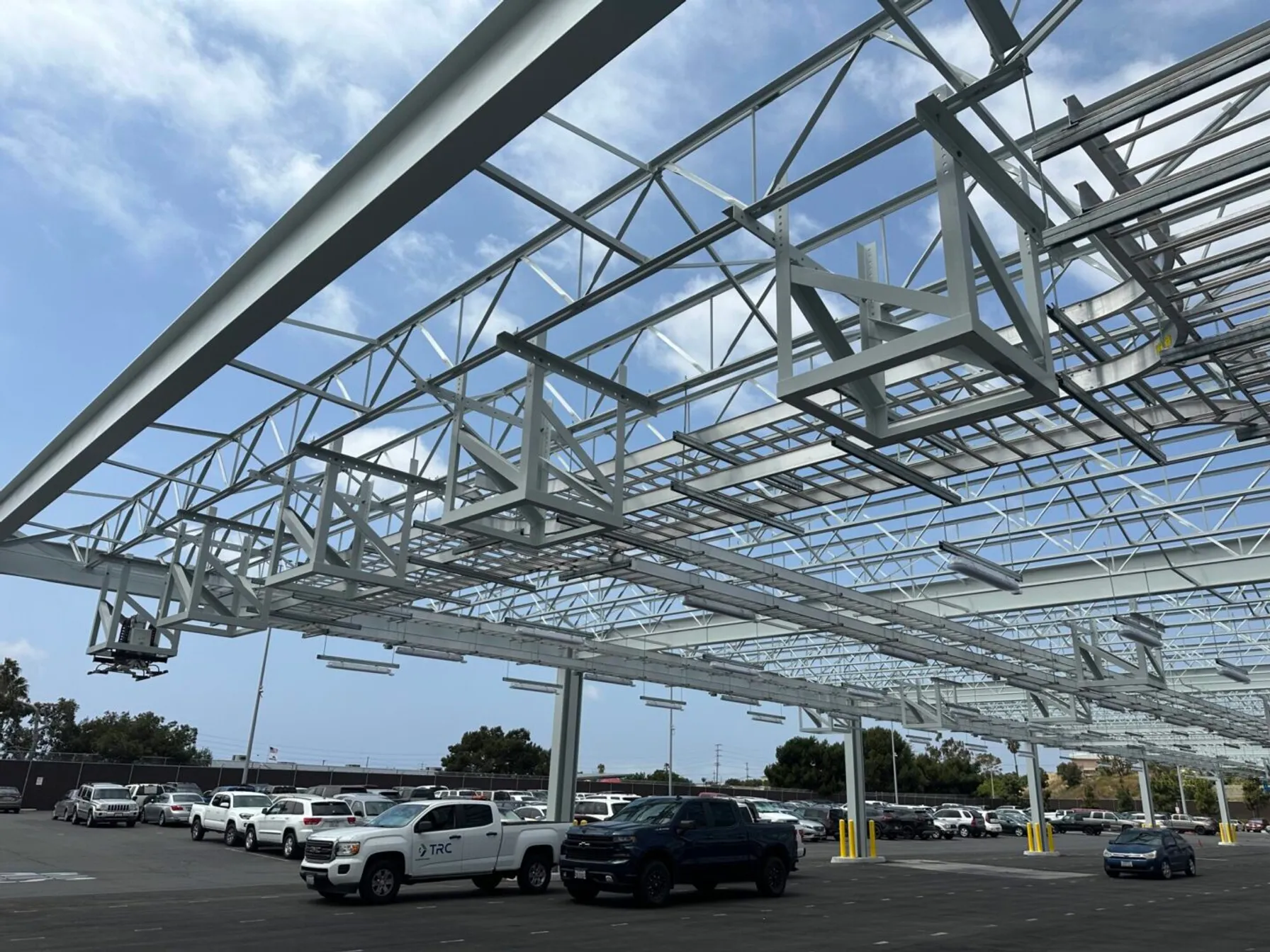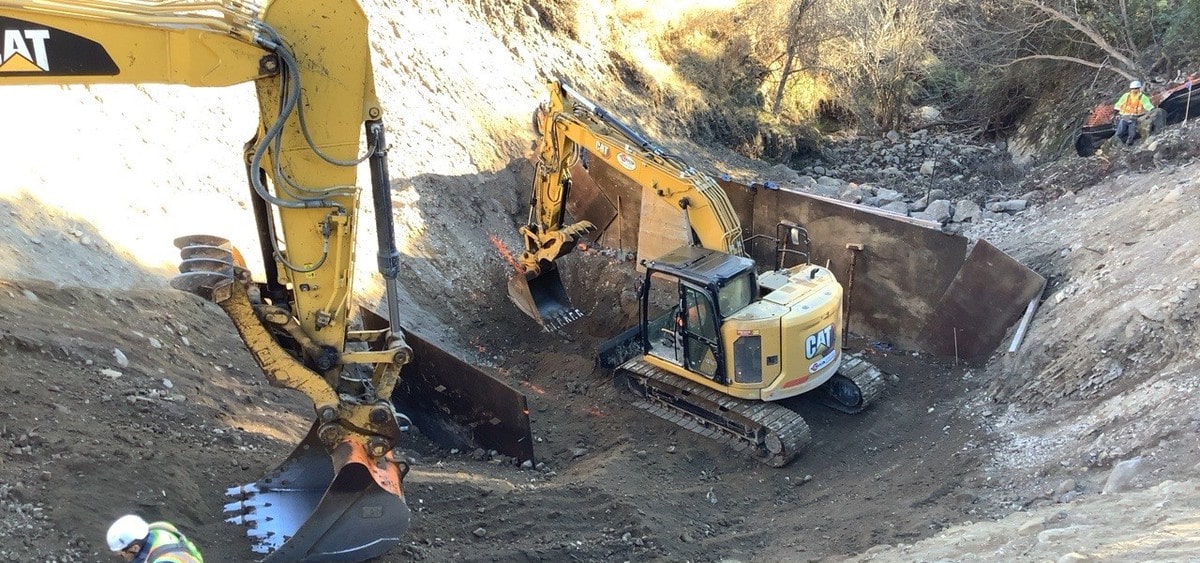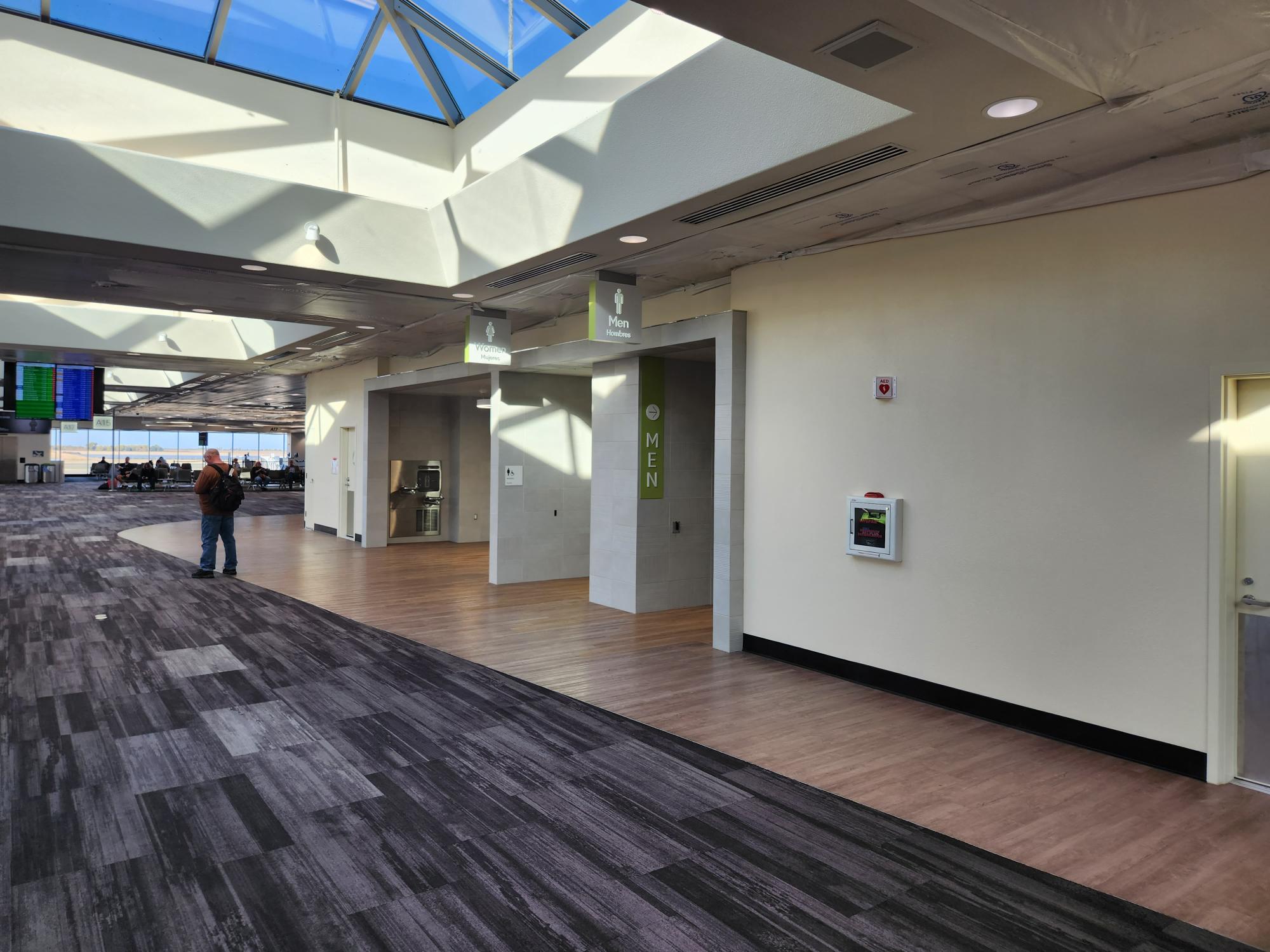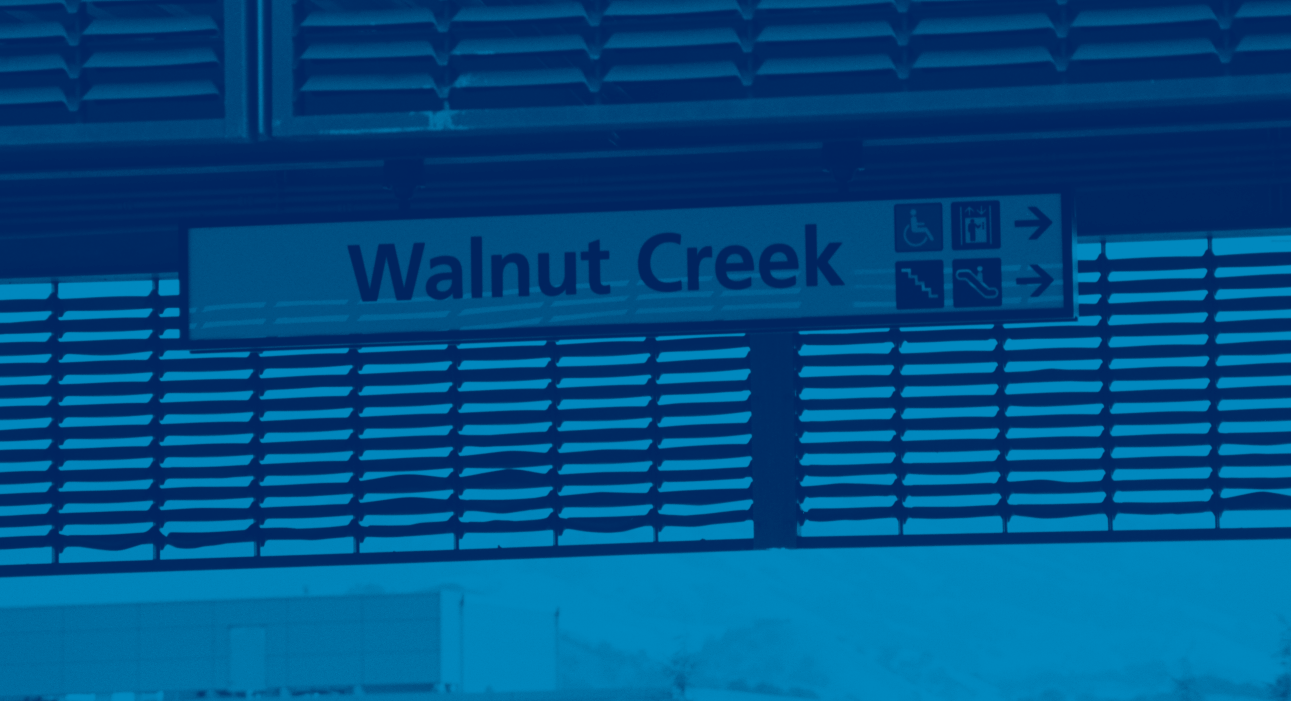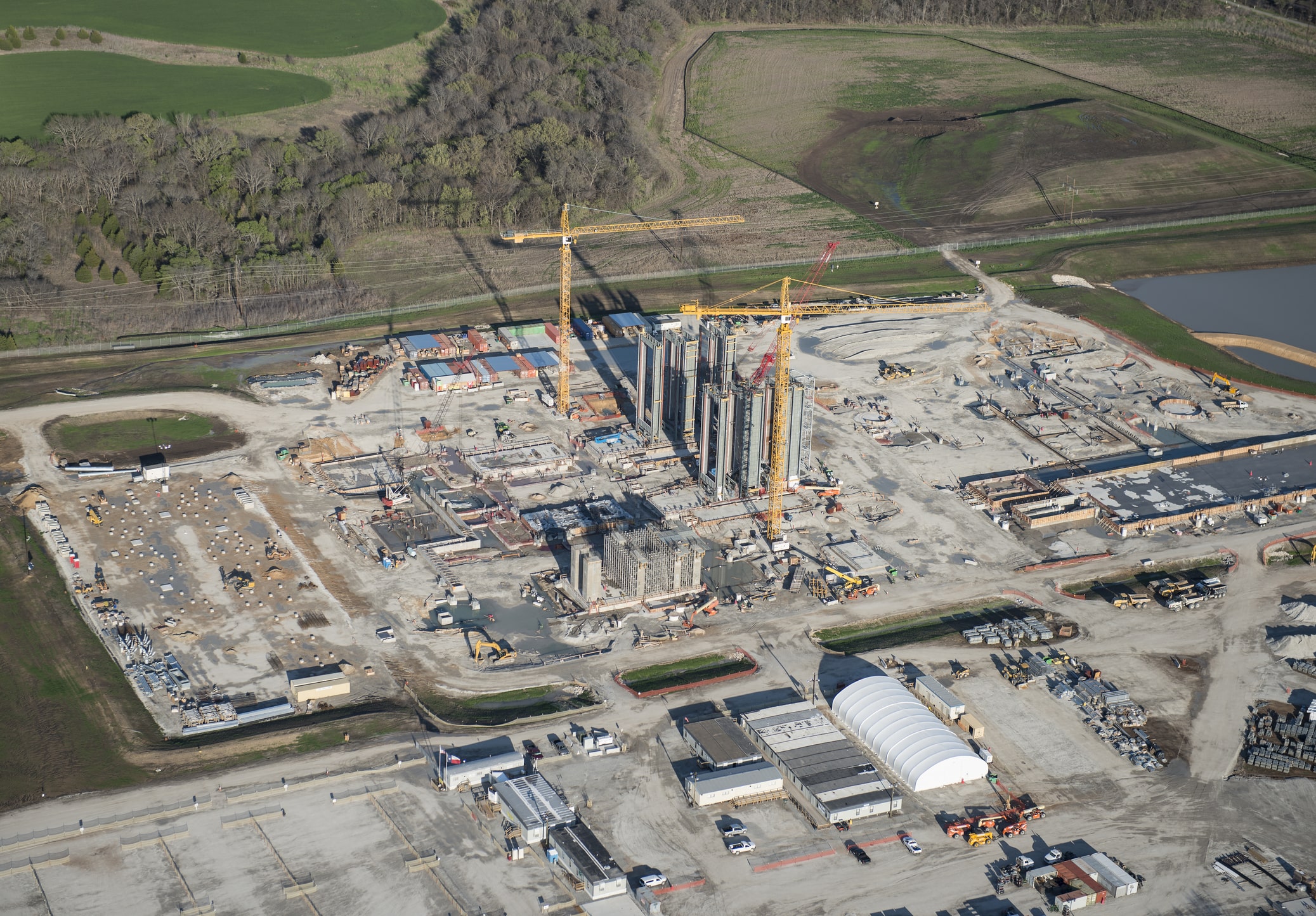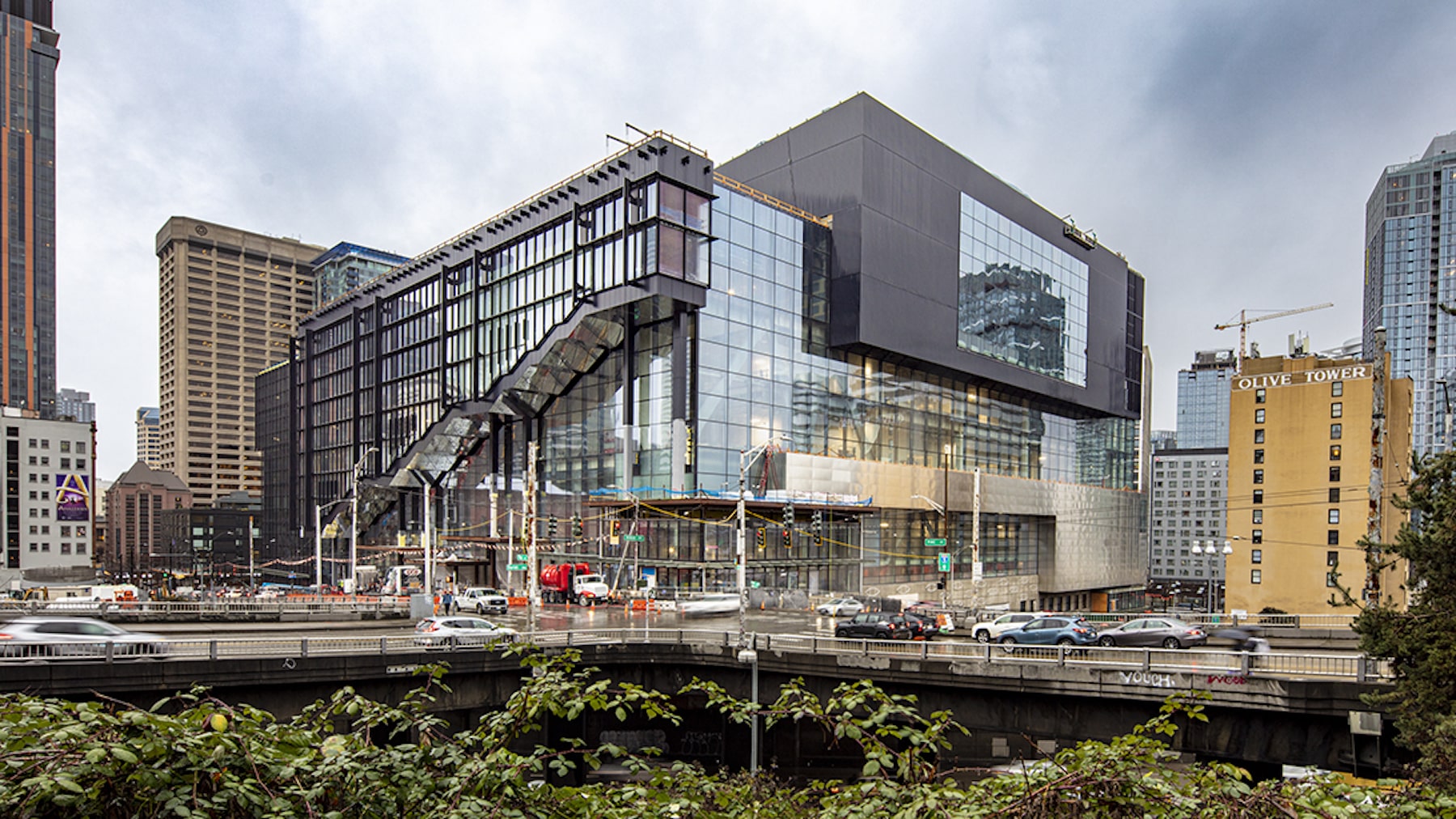California, US
Groundbreaking Project Supported by Innovative Construction Management Solutions Helps Meet Zero-Emissions Public Transportation Goals
As San Diego Metropolitan Transit System (MTS) moves closer to their goal of having a zero-emissions public transportation system by 2040, they are introducing their first fleet of all-electric busses serving South Bay communities and a new service and charging facility to support this service. San Diego MTS will power the facility through SDG&E’s EcoChoice program, which sources renewable energy from wind and solar power with future plans to incorporate solar panels directly to the facility and expand the facility as their zero-emissions fleet grows.
TRC provided Construction Management Services and was integral to the successful design and delivery of this innovative project.
Challenge: Design a First-of-its-Kind Charging Station
Much like gasoline powered vehicles, electric vehicles are refueled at a pump station with a hose that feeds from a standing dispenser to the bus or vehicle. Within the constraints of an operating maintenance yard, it is not feasible to install plug in chargers to service or recharge a large fleet of electric busses simultaneously within an existing maintenance yard. To make best use of the existing maintenance yard footprint, MTS implemented a unique overhead conductive bus charging bay capable of charging two dozen vehicles at the same time, thereby eliminating the need for pump station expansion and constriction costs.
The facility design includes a two-fold bus verification system for charging at each of the charging locations. The RFID Reader and WiFi router confirm bus IP address and provide connectivity assistance along with real time data communication and feedback to the network microgrid controller.
As this is the first overhead multivehicle charging station developed in the United States there were a variety of unforeseen obstacles encountered throughout the design, construction, and instillation phases.
Temporary supply chain solutions, utility upgrades, 3D evaluations and geotechnical sampling were a few of the challenges faced during the project. Additionally, during the project work, there was an overhaul of the agency contractor selection process which, moving forward, will offer a cost benefit to the agency.
Despite the challenges TRC was able to deliver the project without significant shutdowns to ongoing maintenance operations

Solution: Innovative Construction Management Techniques
To maximize space, the facility design included an overhead gantry system for automated charging of 24 busses, the first of its kind in the United States.
Our team took advantage of the physical constraints of the facility and turned this into an opportunity for innovation. Leveraging our experience, we connected with the General Contractor, NUVEE, to propose convenient features such as charging indicator lights to show at-a-glance when a bus has finished charging and adding easier access to emergency off switches.
TRC also kept the project running smoothly and on time when supply chain issues meant a significant delay in the delivery of the switchboard. We worked with the provider to develop and manufacture a safe and effective temporary solution until the permanent switchboard could be installed.
Additionally, our team provided source fabrication inspection, including certified welding inspections and non-destructive testing services, for the large steel moment columns and beams fabricated. TRC also provided special inspections in the field for welding, non-destructive testing, high strength bolted connections, and the steel coatings.
In managing safety in a forward-thinking manner by anticipating areas of high-risk and mitigating hazards, TRC took extra steps to protect the owners’ interest and investments by reviewing required processes and procedures throughout the construction process and educated all teams on specifications and potential safety issues.
Result: Saving Money and the Environment
The new charging facility provides support to busses in operation on MTS’ Iris Rapid route spanning from Imperial Beach to Otay Mesa. San Diego MTS’ transition to a zero-emissions public transportation system will cut the agency’s greenhouse gas emissions by approximately 43 percent over the next 19 years, contributing to a cleaner and greener San Diego.
Related Projects
Discover the success we’ve had with helping our clients execute major projects and make a meaningful impact on their local communities.

